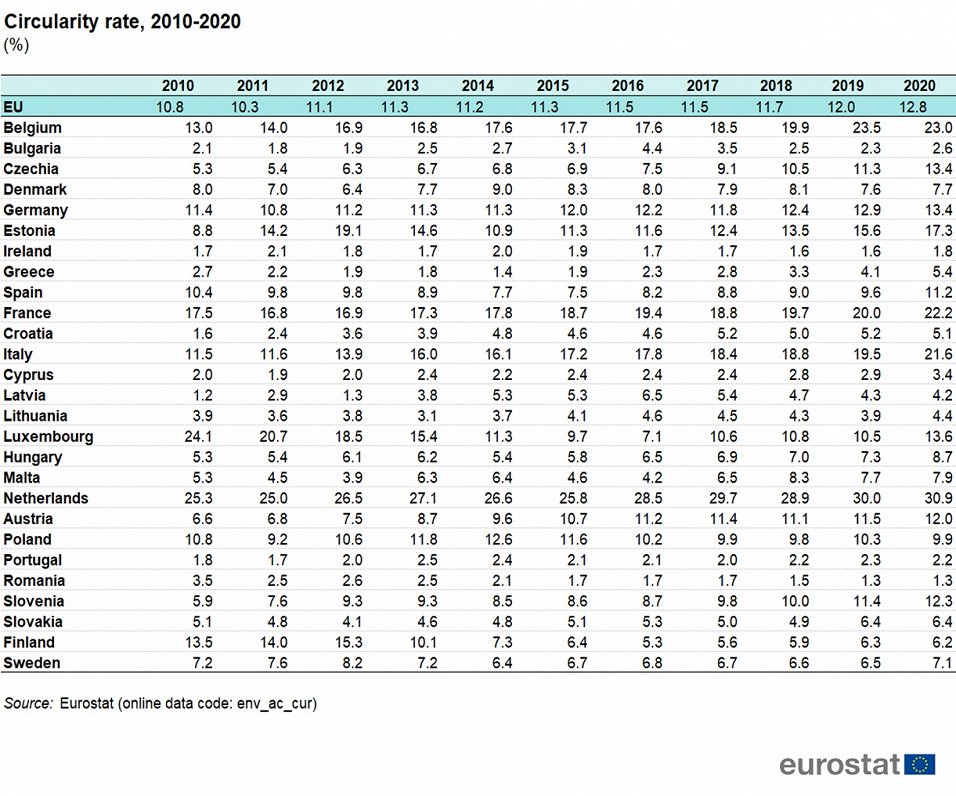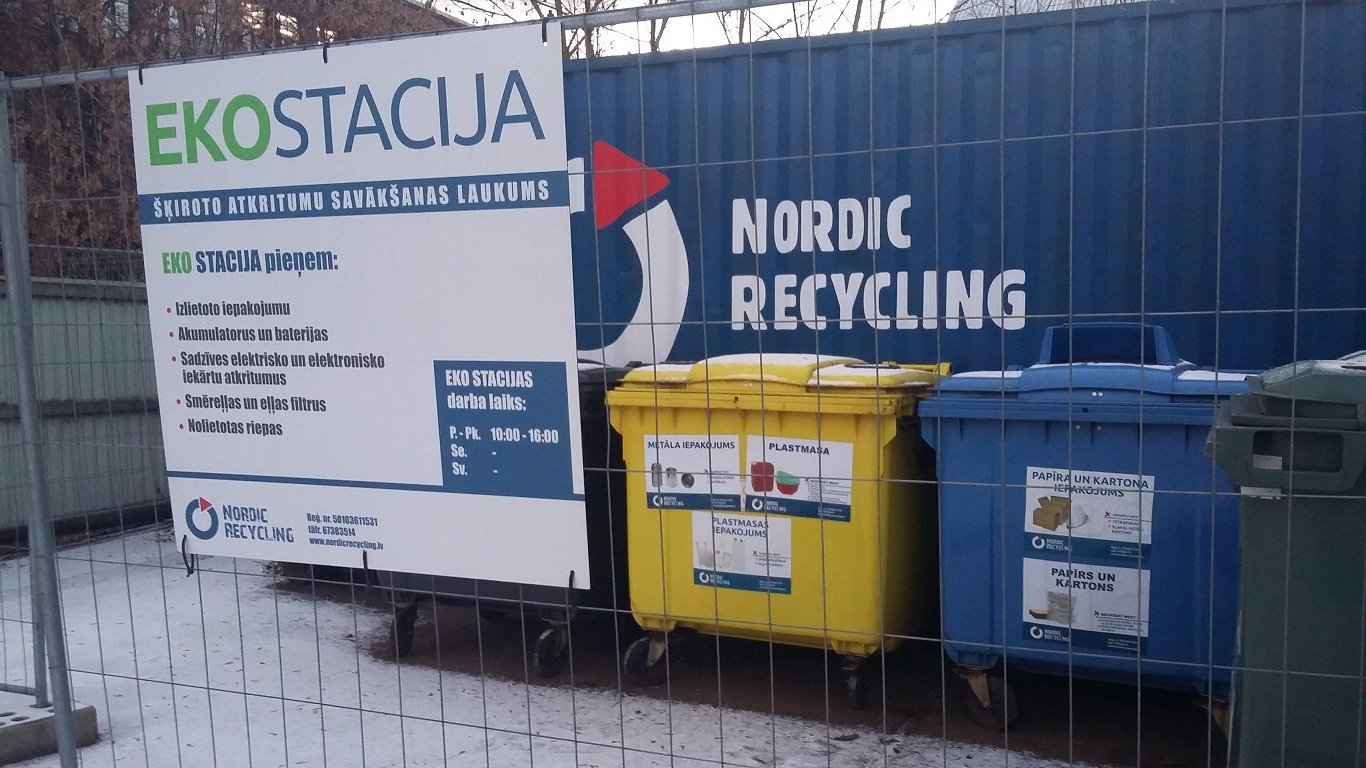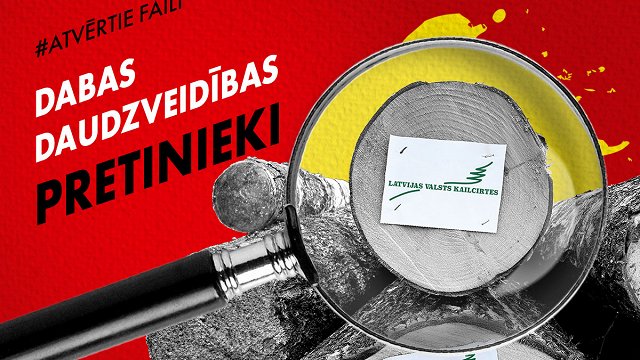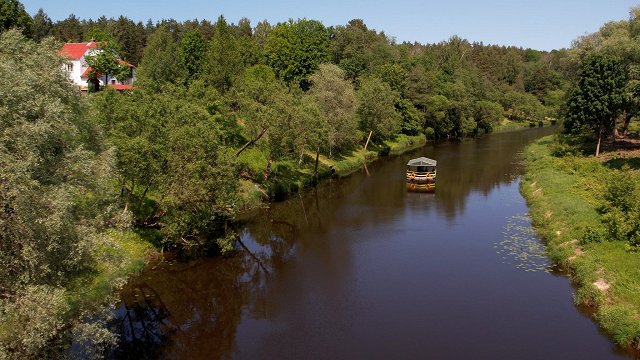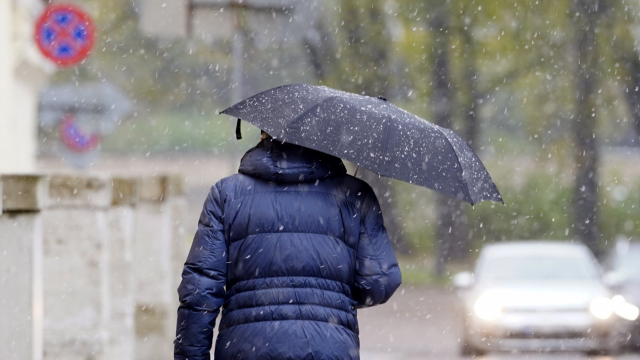Compared with 2019, the circularity rate increased by 0.8 percentage points (pp). The rate has maintained a stable growth trend since 2004 (8.3%), the first year for which data are available.
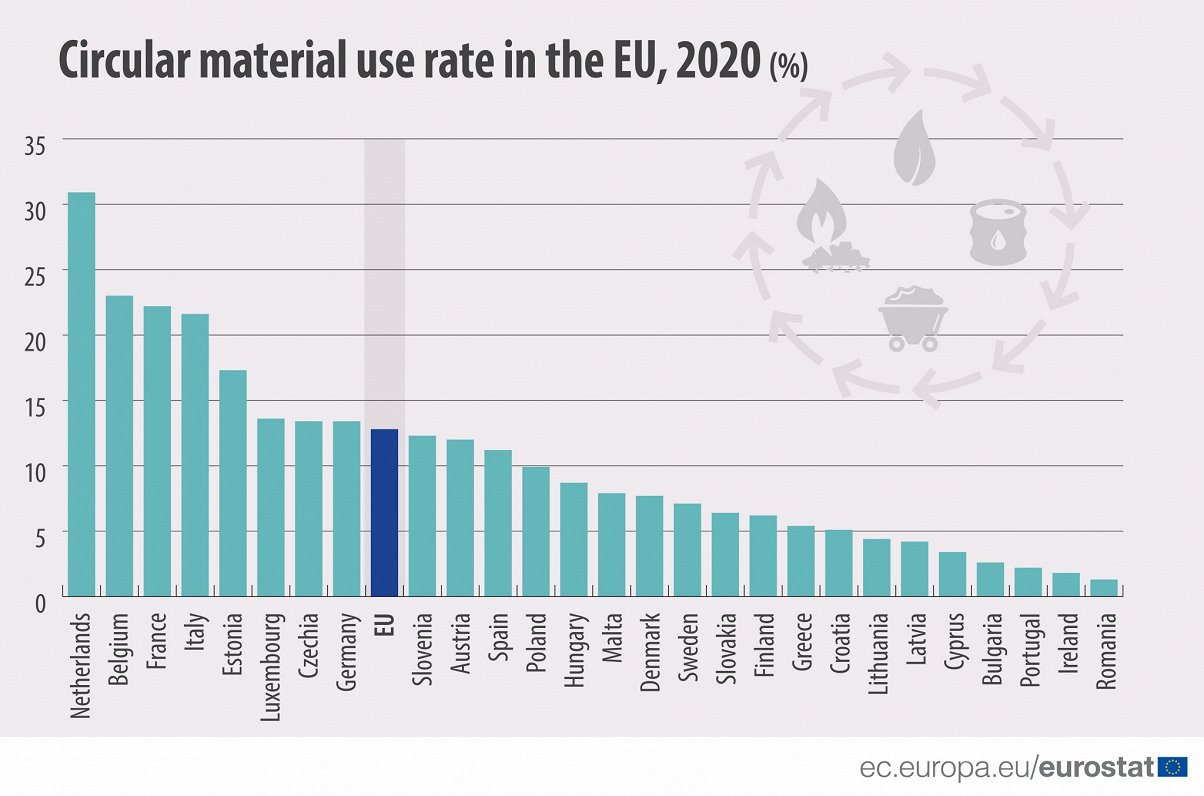
However, in Latvia the trend seems to be the reverse, despite frequent claims that the country is particularly "green", with a 2020 circularity rate of just 4.2%.
In 2016 Latvia had a circularity rate of 6.5%, but it fell subsequently to 5.4% in 2017, 4.7% in 2018 and 4.3% in 2019.
There are sharp differences between the Baltic states with Lithuania rising from 3.9% in 2019 to overtake Latvia with 4.4% in 2020 and Estonia outshining both with 17.3% circularity, better than the EU average.
In 2020, the circularity rate was highest in the Netherlands (31%), followed by Belgium (23%) and France (22%). The lowest rate was recorded in Romania (1%), followed by Ireland and Portugal (both 2%). Differences in the circularity rate among the Member States are based not only on the amount of recycling of each country but also on structural factors in national economies.
